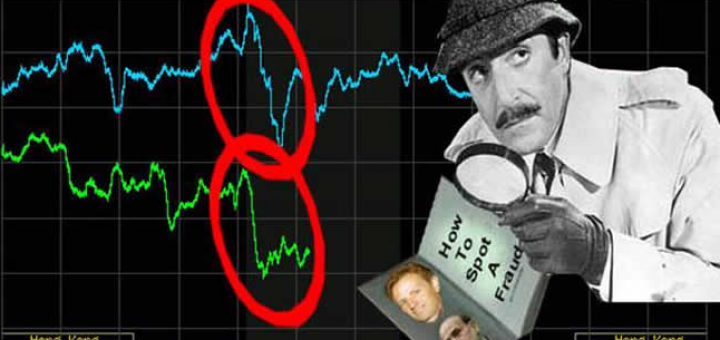 Everett Millman
Everett Millman
Activist Post
It seems that not a week goes by without word of yet another scandal relating to big banks meddling in the markets in order to derive illicit profits from manipulated price movements. At this point, it’s becoming a tradition — the 21st-century version of FDR’s “Fireside Chats” with the American public over the radio, perhaps.
Like Roosevelt’s conversational announcements over the airwaves, this new tradition is a harbinger of a world in economic disarray and a financial system in peril. Unlike the “Fireside Chats,” these contemporary messages to the nation are in no way designed to comfort an uneasy public.
We have endured through the 2012 Libor rigging scandal, the rebranding of both the London gold fix and the silver fix due to tampering and insider trading, as well as this year’s revelations that the foreign exchange markets have been subject to rampant manipulation. In each case, the guilty parties (some of them culprits in all three scams) were merely ordered to pay fines while new regulations were implemented. All the while, investigative reports show time and again how the TBTF financial institutions have effectively “captured” their regulatory overseers, and are simply entrusted to police themselves.
The teeth of these “improved” regulatory procedures notwithstanding, it would seem that every benchmark has now been doctored, every market at some point subject to insider manipulation. Every frontier of the financial system has been usurped already, right?
It seemed so until it surfaced that Goldman Sachs and HSBC are being sued by a New York jeweler for rigging the platinum and palladium price fixes for the last eight years. The complaint, which also names juggernauts Standard Bank and BASF, charges that the accused institutions shared insider information about the direction of the fixes in order to manipulate trading and profit from the resultant price movements. The tendency for platinum and palladium prices to move dramatically ahead of the fix, only to return to their pre-fix levels afterward, smacks of artificial pricing. This is essentially the same script that played out in the past benchmark rigging charges mentioned above.
The manipulation of platinum and palladium prices can be rather lucrative, as the two metals enjoy strong industrial demand like their cousin silver, but come at a much heftier price tag: palladium spot prices are currently more than 50 times the price of silver, and platinum is about 50% more expensive than palladium. While silver has myriad industrial applications, the platinum group metals are predominantly used in making catalytic converters for automobiles. Platinum and (to a lesser extent) palladium are in demand as jewelry and investment-grade bullion, especially as a high-value alternative to gold.
Ironically, the price fixes for platinum and palladium were already scheduled to be replaced by a new price discovery mechanism run by the London Metal Exchange (LME) on Monday, December 1. It remains to be seen if any of the new precious metal price fixes will improve the transparency of the process; the word “fix” would euphemistically imply that such an outcome is dubious. If recent history is any indication, whenever one jig is up, there’s another one right around the corner.
Everett Millman is the lead content writer at Gainesville Coins, one of the nation’s largest distributors of gold and silver bullion. Everett has written for several alternative investment sites as well as for CoinWeek, where this article originally appeared.


Be the first to comment on "So You Thought Only Gold and Silver Prices Were Rigged? (And Forex, And Libor …)"